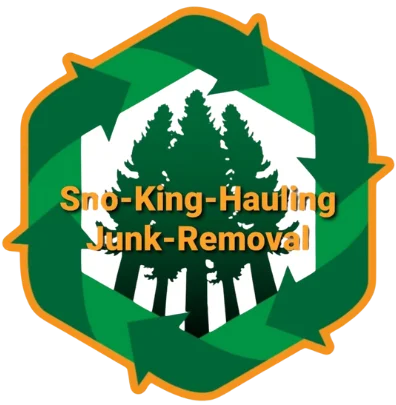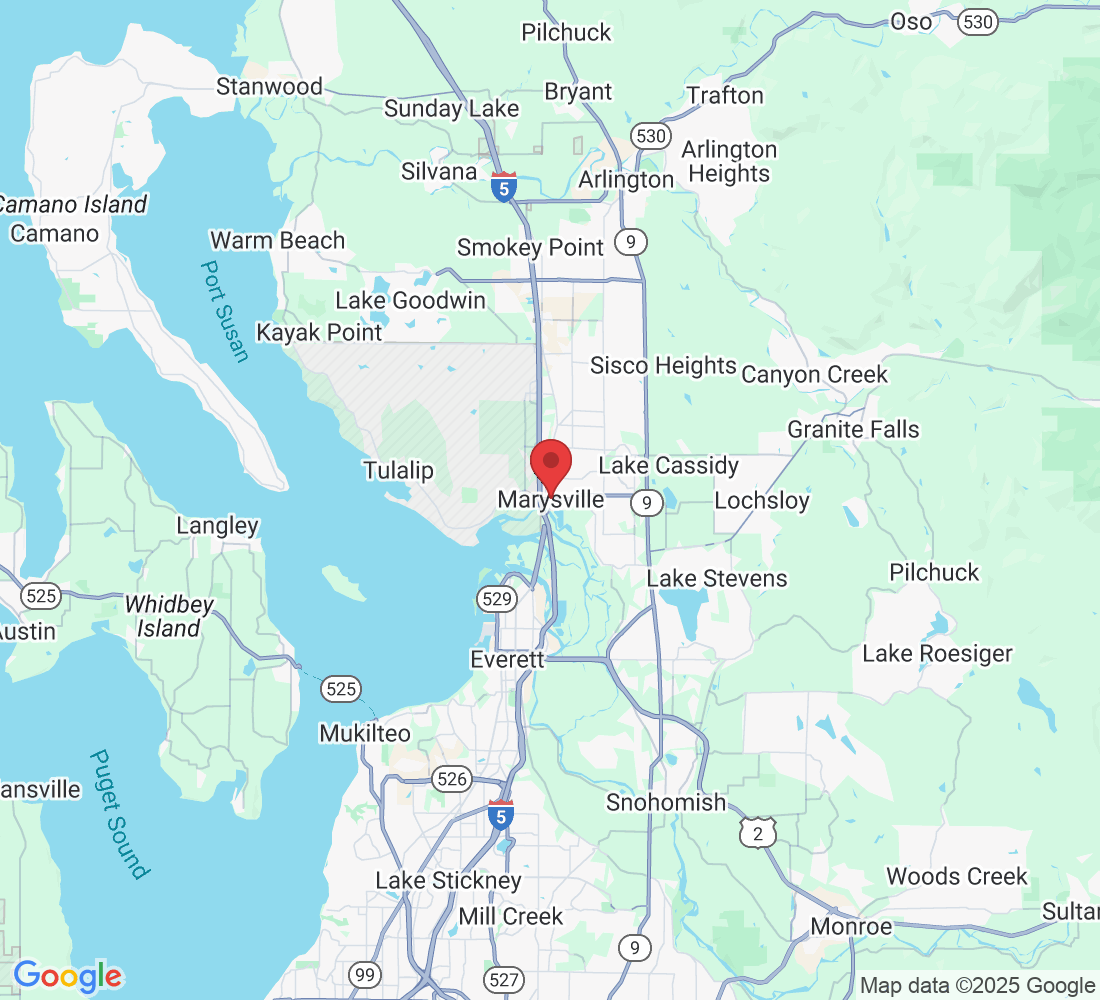about us
Sno-King-Hauling Junk-Removal is a family-owned business rooted in Marysville, WA, dedicated to removing clutter from your life. Specializing in residential and apartment junk removal, construction debris, shed, and hot tub removal, as well as handling foreclosures, evictions, and estate cleanouts, we pride ourselves on transparent, all-inclusive pricing. Our commitment to excellence and community trust is built on our reliable service and the promise that what we quote is what you pay, with no hidden fees.














